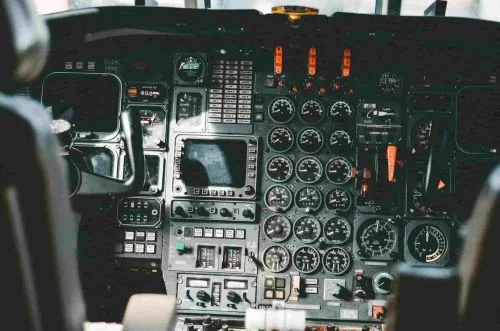The Complete Guide for Aerospace PCB
Aerospace PCB boards are exposed to harsh environmental conditions, chemicals, radiation, pollutants, and more, leaving no room for error.
The Characteristics of PCB manufacturing in Aerospace Field
Aerospace PCBs must operate flawlessly in critical missions, making reliability a top priority. The boards undergo thorough testing to ensure they can withstand extreme temperatures, vibrations, and radiation.
Highly Reliable
Normal speed and loss materials are best suited to digital devices that are limited to a few GHz. A popular example of such a material is Isola 370HR.
Thermal Management
Aerospace systems generate significant heat, and PCBs must efficiently dissipate it to prevent overheating and maintain optimal performance.
High Density and Complexity
Aerospace electronics require intricate designs with high component density to meet the demands of advanced avionics and communication systems.
Signal Integrity
Signal transmission and reception must be reliable to ensure accurate data communication and avoid signal degradation.
Applications for Aerospace PCB
Radio Communication
LED Lighting System
Aerospace Sensor PCB
Aerospace Power
Electronic Flight Instrument
Radar Device

Aerospace PCB manufacturer
Highleap has aerospace expertise and dedicated project management as well as top-notch quality and systems to manage aerospace customers’ complex PCB product requirements.
Standards Apply to Aerospace PCB
Incorporating the appropriate intent requires understanding the standards that apply to the development of your boards.
- ISO 9100 – The universally recognized International Organization of Standardization (ISO) baseline for QMSs from which a number of other standards are derived. Any organization can use this standard, which focuses on customer satisfaction, top management responsibilities, QMS processes and their continual improvement.
Besides publishing standards for other industries, the Society of Automotive Engineers (SAE) sets a number of aerospace industry standards applicable to your PCB development as listed below. - AMS2750E – Covers pyrometric requirements for devices: thermal sensors, instruments, thermal processing equipment; and assessment: testing and surveying to ensure adherence to heat treatment specifications.
- AS478N – Specifies the type of markings and where they should be located for aerospace components.
- AS5553A – This standard puts forth generic requirements for every organization in the supply chain that procures or integrates components that will be used in aerospace platforms.
- AS9006A – Specifies requirements for software and software support components and devices that may be a part of a software system that is a part of, or uploaded to, an aerospace system.
- AS9100D – Sets the QMS requirements for suppliers to the aerospace industry. Covers in-house and outsourced manufacturing processes, management responsibilities and emphasizes customer satisfaction.
- AS9101E – Specifies guidelines for the auditing and reporting of your QMS.
- AS9102B – Lists baseline first article inspection (FAI) requirements.
Why choose Highleap

Full Expertise
We have rich experience and all the technical expertise , from component procurement to product delivery, we can complete every step with high quality.

Strong Supplier Network

Strict Quality Control
At each process, we strictly control the quality by implementing a variety of testing and inspections to ensure that each PCBA reaches the highest quality standard.
